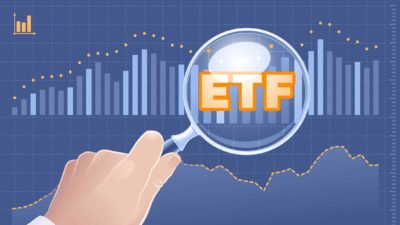There were numerous businesses that suffered during the 2022 share market decline amid high inflation and rising interest rates. However, I think that there are some ASX exchange-traded funds (ETFs) that could rebound.
Some parts of the market fell harder than others. While tech shares suffered significantly, businesses that ranked well on 'quality' metrics also dropped significantly.
But, with inflation in the US starting to drop, some of those quality businesses could start producing. As reported, the US consumer price index dropped by 0.1% in December.
I think these two leading ASX ETFs could be great buys if inflation keeps cooling:
VanEck MSCI International Quality ETF (ASX: QUAL)
This ETF dropped 17% during 2022, compared to a 7% drop for the S&P/ASX 200 Index (ASX: XJO).
That's quite a drop for a portfolio of businesses that are only included if they do well on key fundamentals including a high return on equity (ROE), earnings stability, and low financial leverage.
It's invested in a portfolio of around 300 companies that are diversified across geography, sectors, and economies.
While past performance is not a guarantee of future performance, the ETF has outperformed the global share market (MSCI World ex Australia Index) by an average of close to 3% per annum over the prior five years.
Some of the biggest positions include Microsoft, Alphabet, Apple, Home Depot, Johnson & Johnson, and Visa.
VanEck Morningstar Wide Moat ETF (ASX: MOAT)
This ASX ETF dropped around 7% in 2022 — its decline was similar to the ASX 200.
However, this ETF's portfolio construction is a bit different compared to the first investment I mentioned.
The idea is that the Morningstar analyst team looks at hundreds of US businesses judged to have 'wide economic moats'. This refers to the competitive advantages that a business has.
Competitive advantages can come in a number of different forms such as brand power, patents, cost advantages, and so on. The analyst team only considers a business for this portfolio if they believe that the competitive advantage will almost certainly endure for the next decade and, more likely than not, for the subsequent decade as well.
Businesses are only chosen for the portfolio if they are seen as trading at "attractive prices relative to Morningstar's estimate of fair value".
Past performance is not a guarantee of future returns but over the past five years, the ASX ETF has returned an average of 13.5% per annum.
I really like this ETF and believe it could be one of the most consistent-performing ETFs over the next few years because of its investment methodology.









